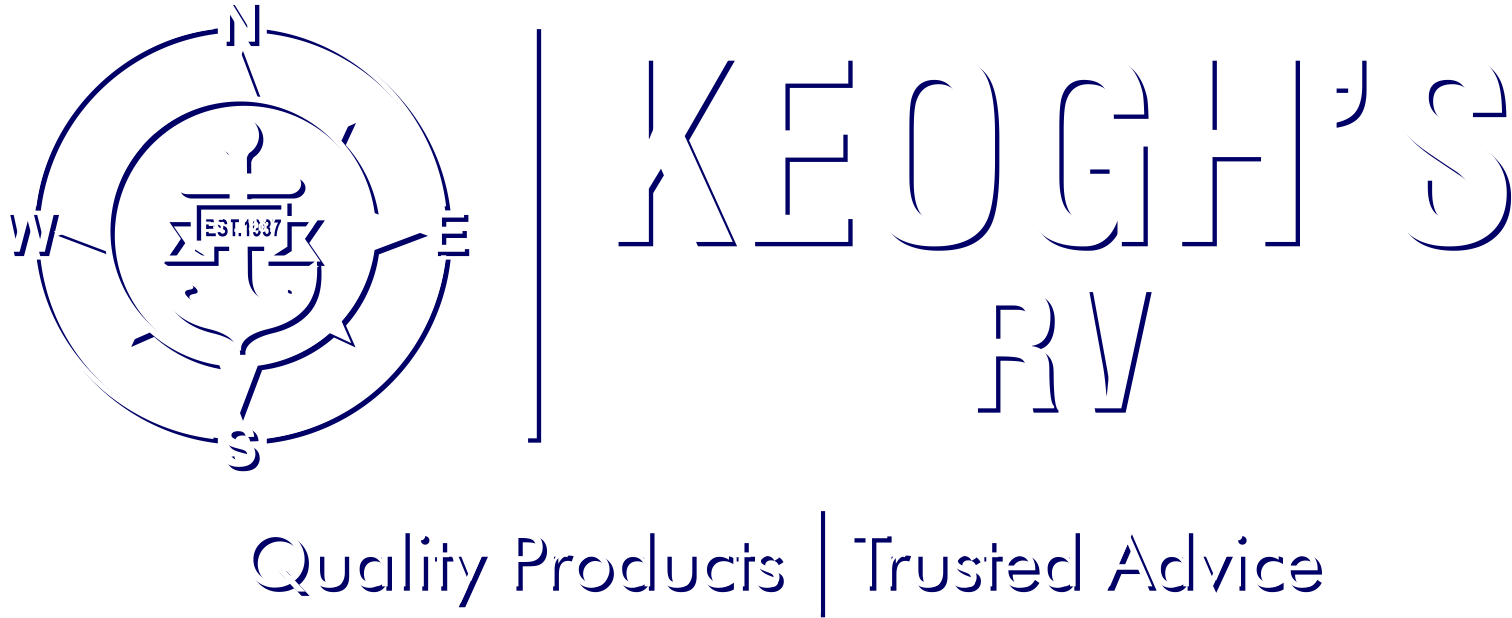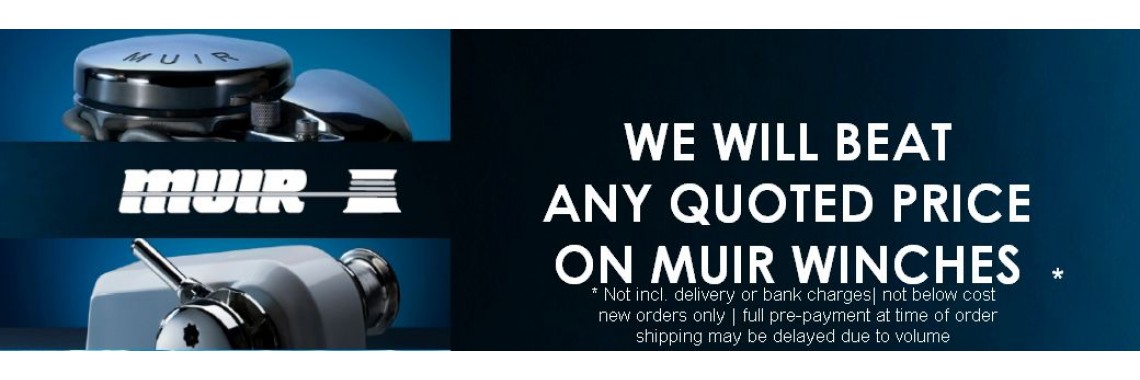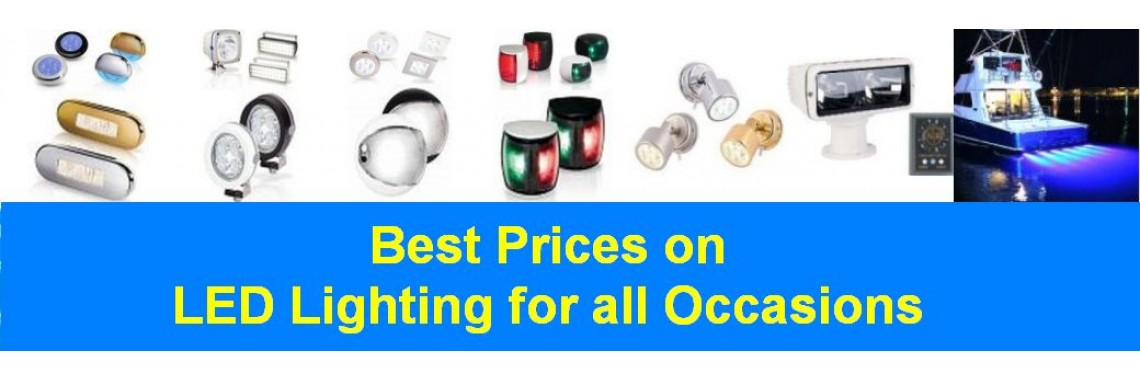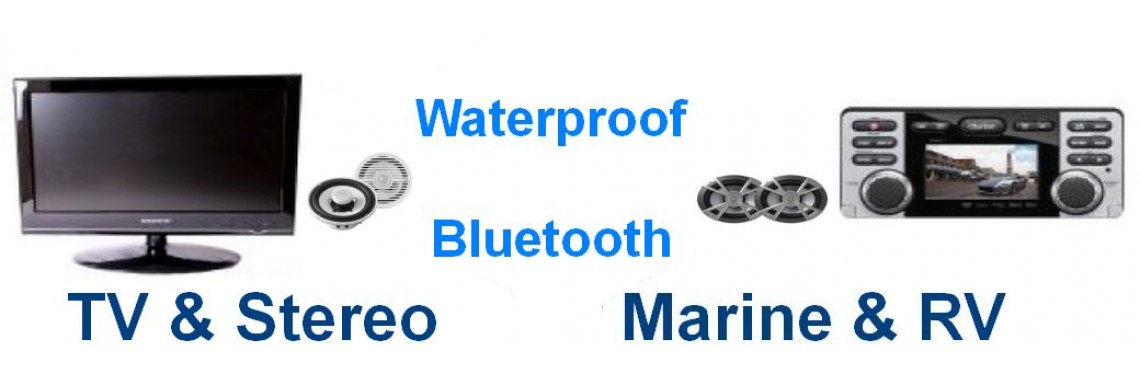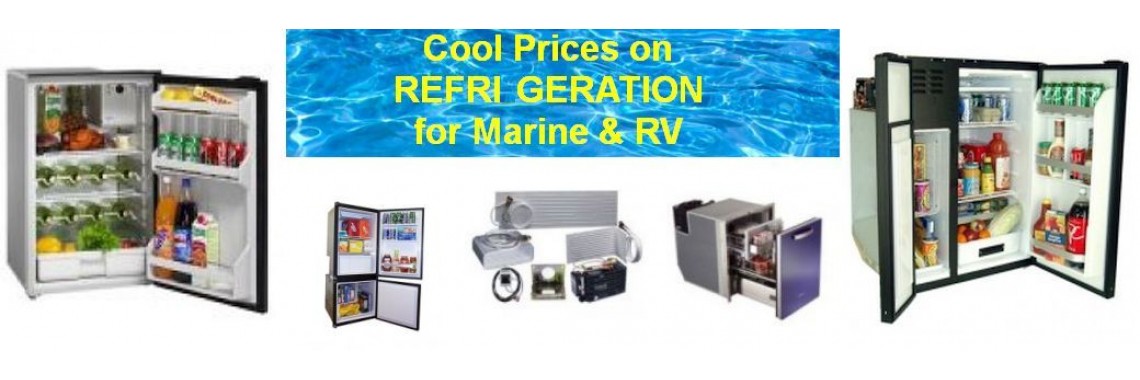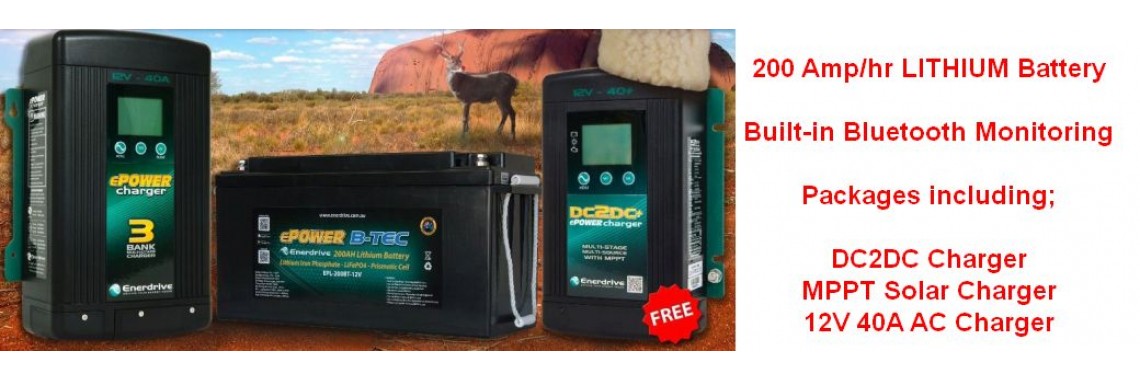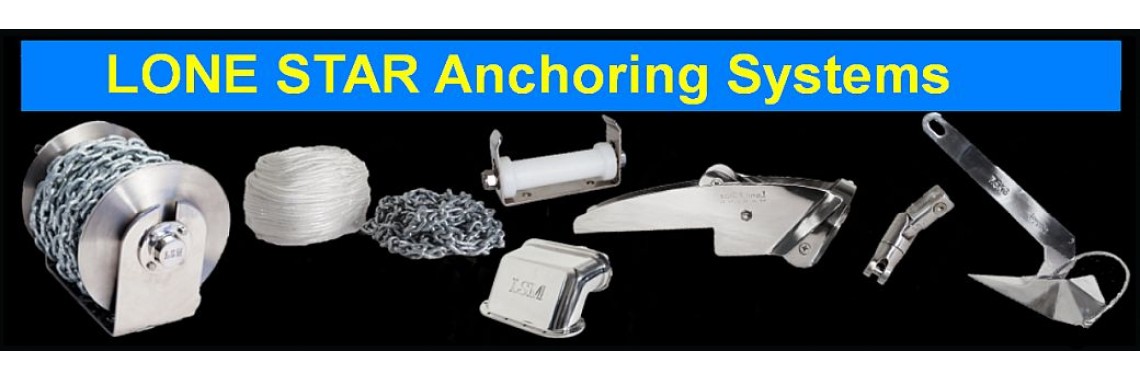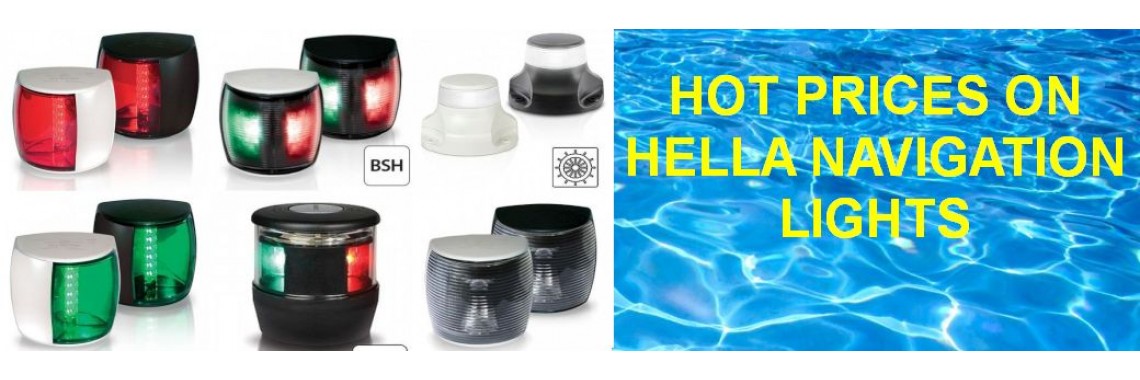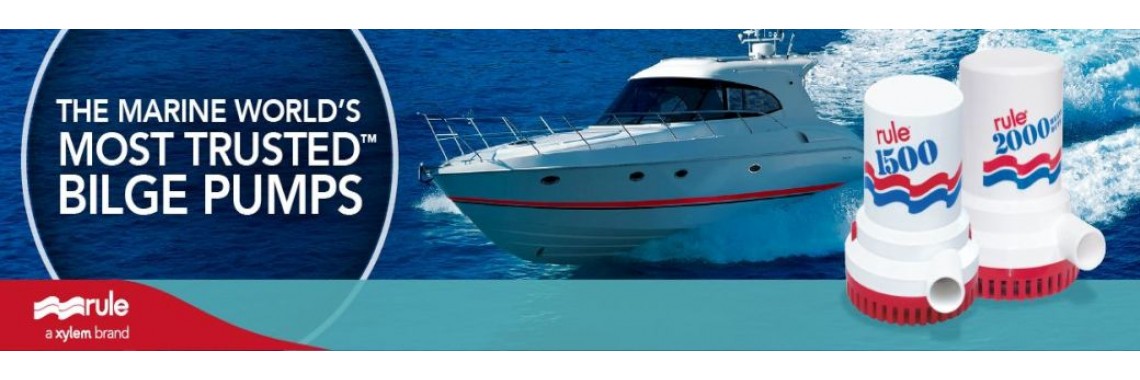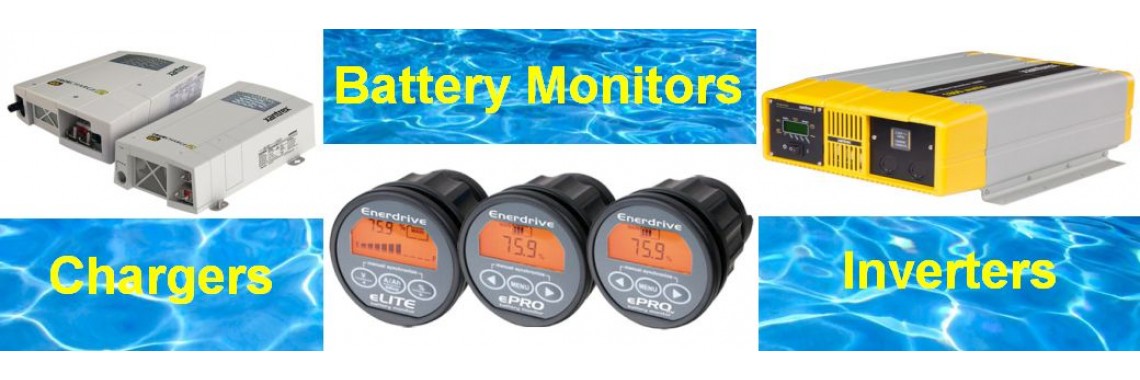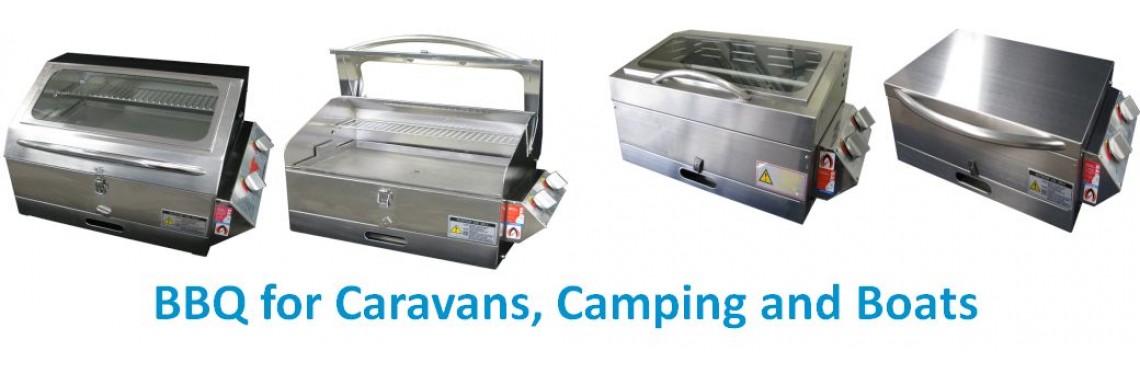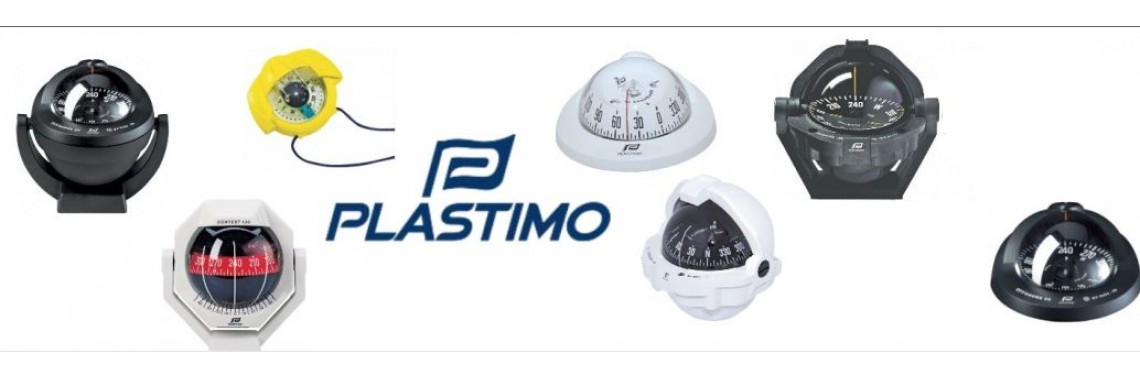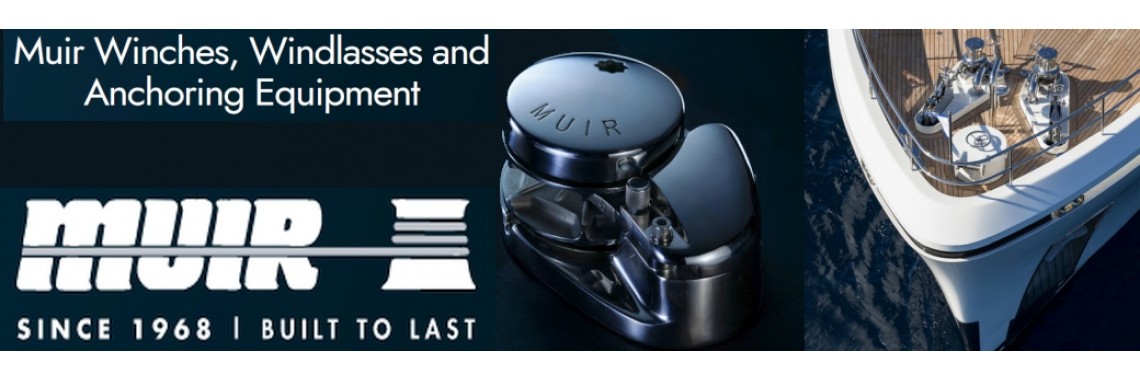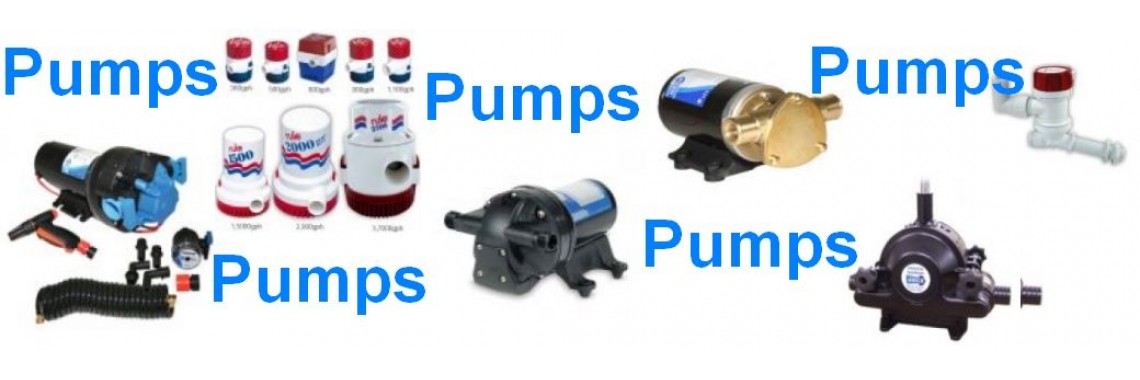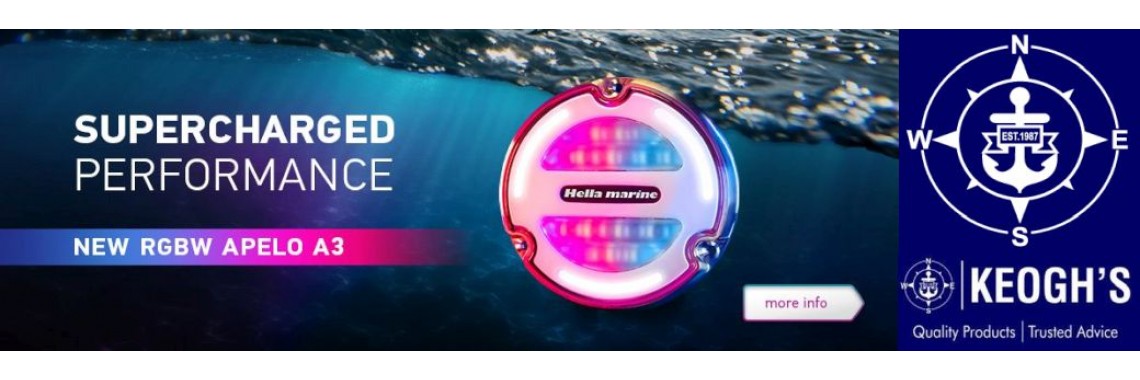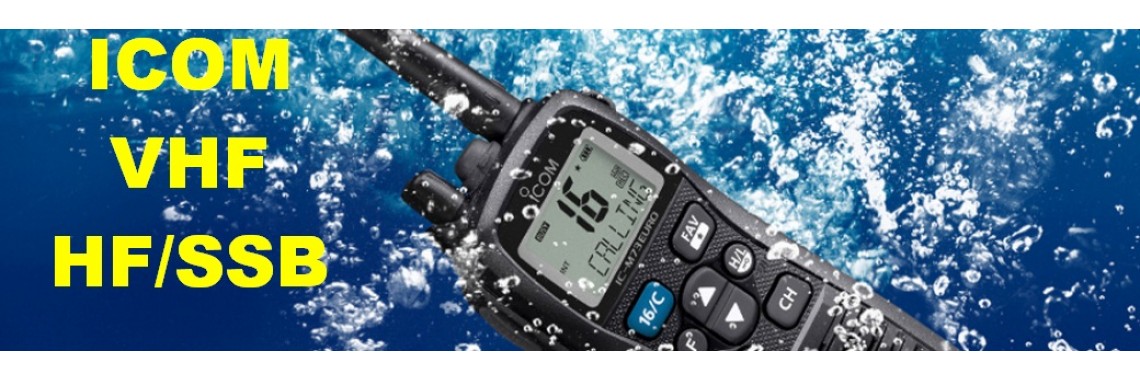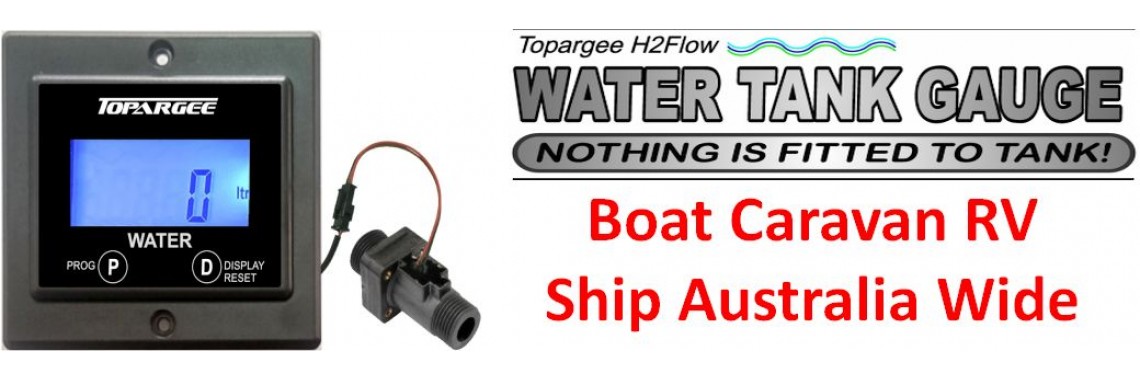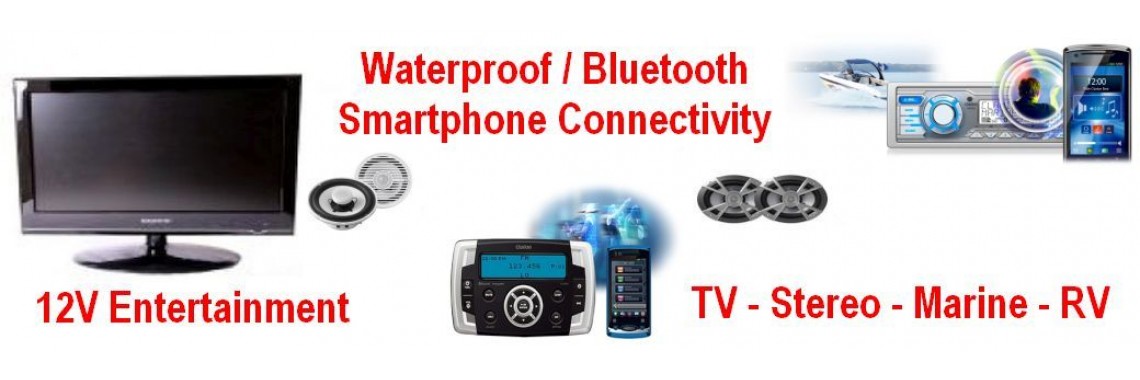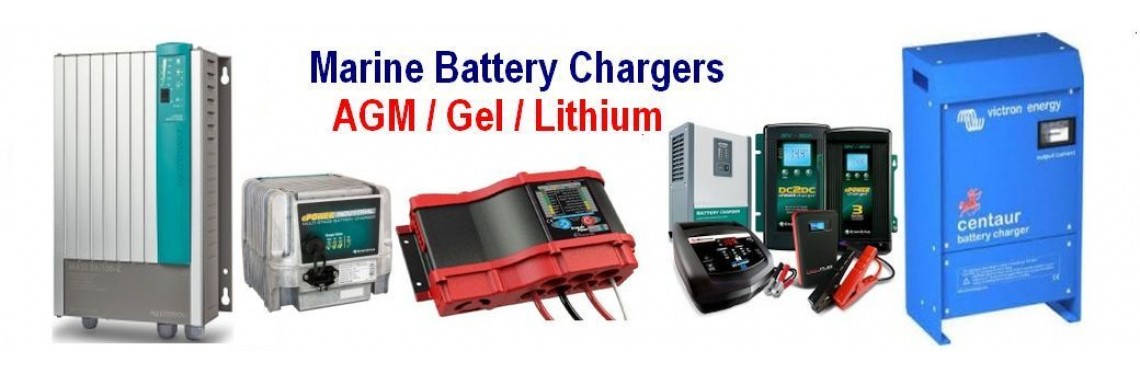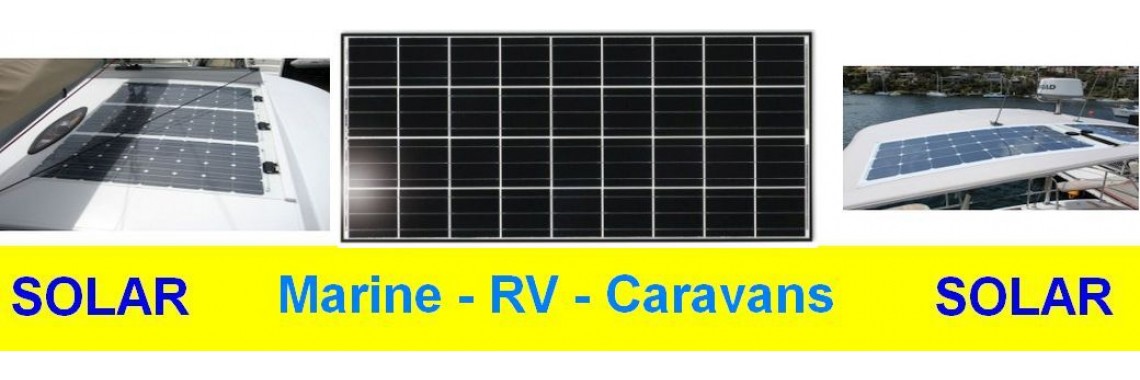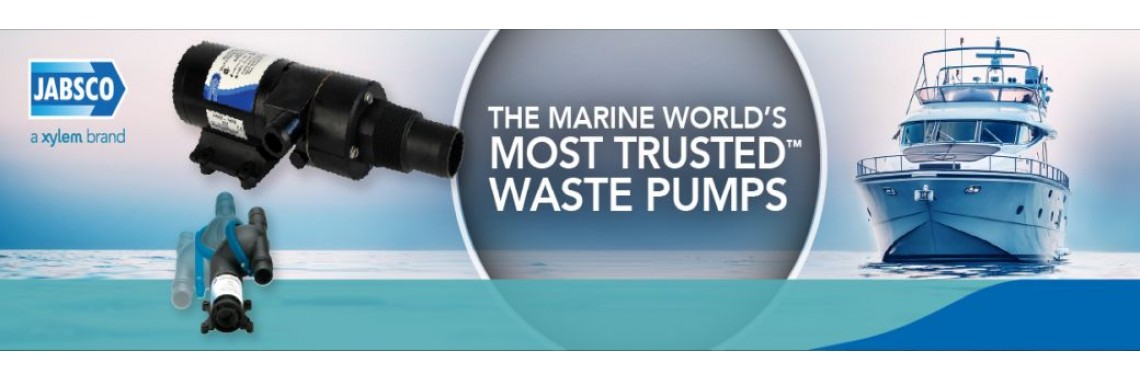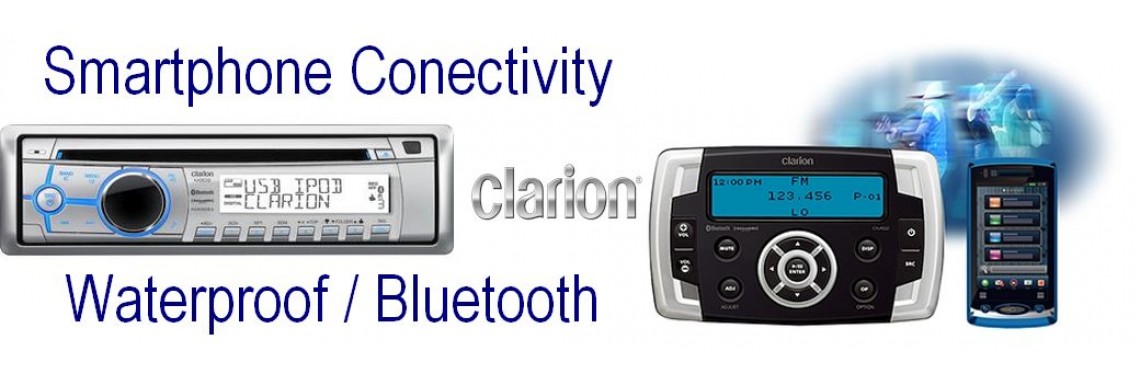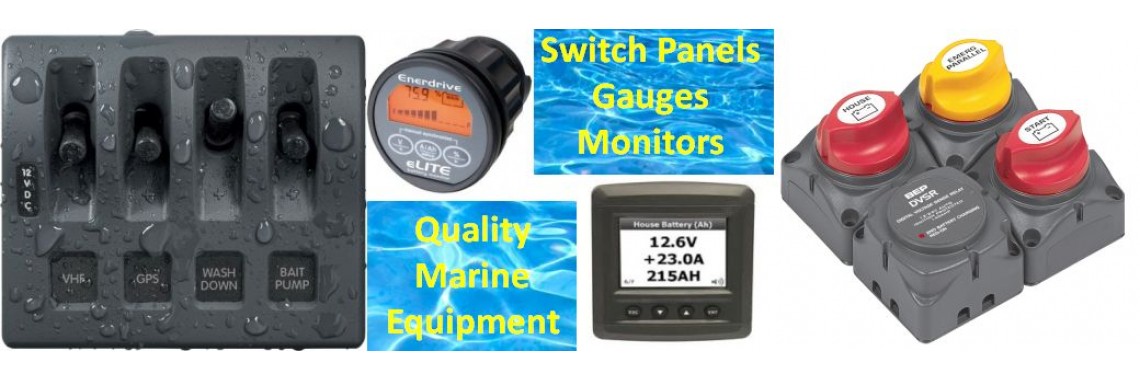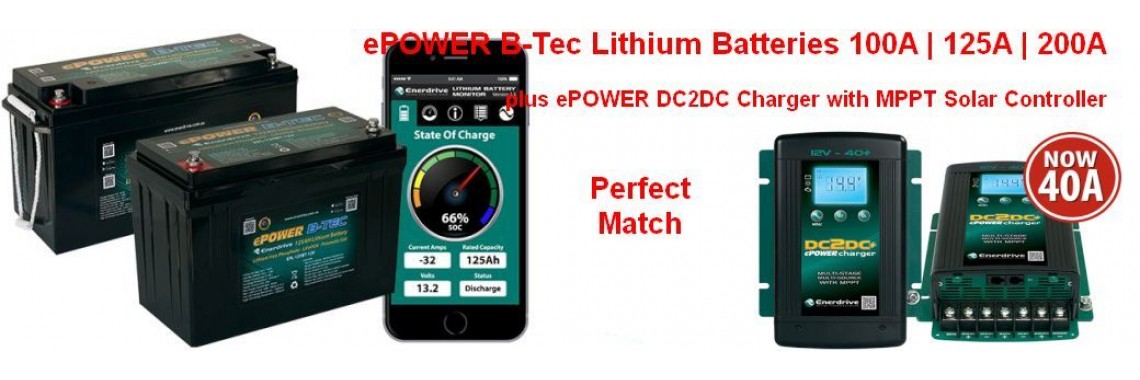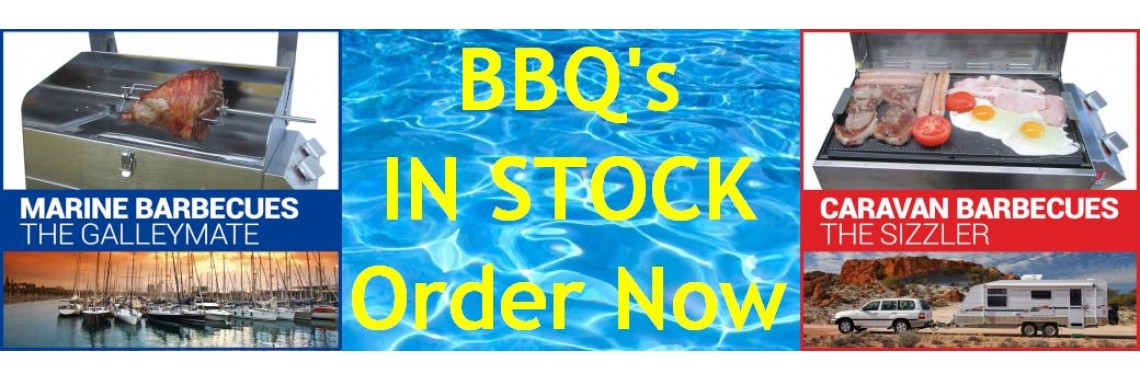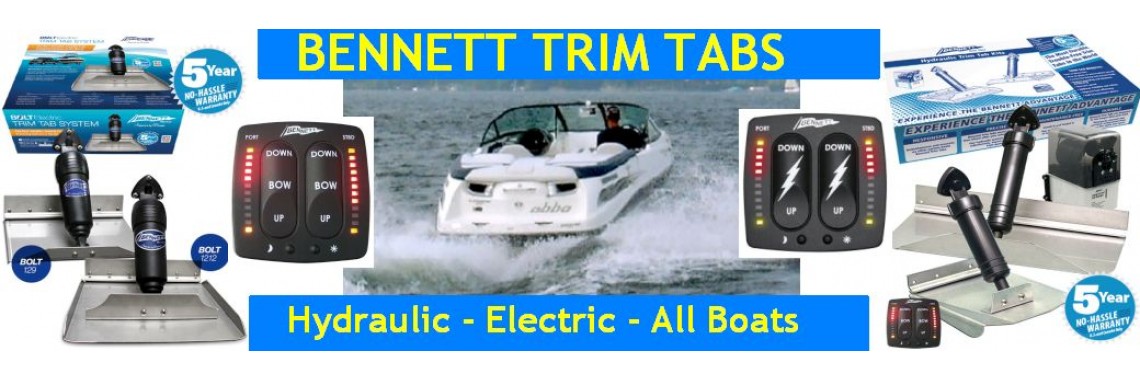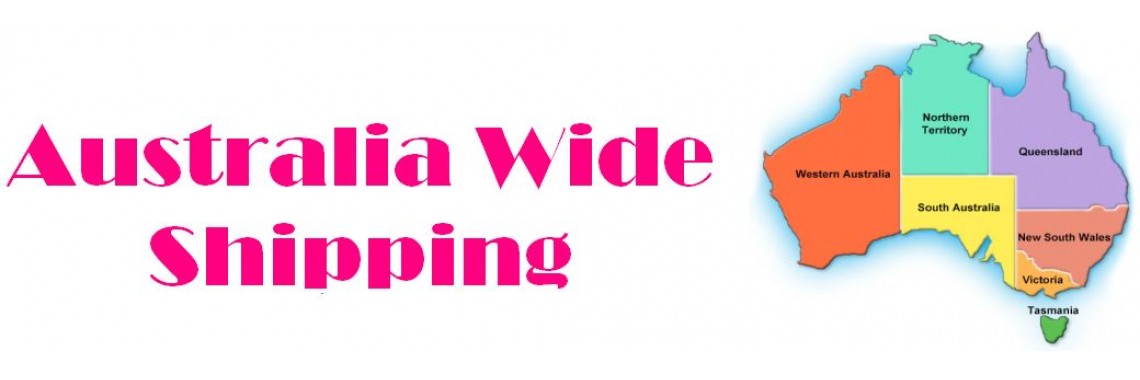FAQ Radio-VHF-HF and Antenna
FAQ Radio-VHF-HF and Antenna
Marine radios are essential safety equipment for communicating with other boats, marine rescue groups and to receive navigational warnings and weather updates. Unlike mobile phones, marine radios have the advantage of being able to call other boats in your immediate area.
There are three main types of marine radios:
- 27MHz are relatively cheap transceivers available for general use, however they do not provide the coverage of a VHF radio and are limited to a range of around 10-15km. 27MHz also suffer from increased interference and the audio quality is less than when compared to a VHF Marine radio. Also, it is not compulsory for the monitoring of emergency channels on a 27MHz by coastal and limited coastal stations. However many limited coast stations such as Coast Guard and VMR do monitor 88 and 86 (27Mhz Emergency Channels). Check with you local authority for coverage. Whilst 27 MHz radios were very popular 10-15 years ago most people now prefer to carry a VHF marine radio.
- VHF - the VHF radio remains the most versatile communication device for a boat and is often the only communication device most pleasure boats carry. Due in part to its versatility , the VHF is arguably the most valuable piece of safety gear aboard, delivering any call for assistance to dozens or hundreds of nearby listening ears. The States and Northern Territory marine authorities have also set up very high frequency (VHF) stations in certain areas of Australia. These stations provide VHF radio distress and safety services including 24 hour monitoring of VHF Channel 16 for distress, urgency and safety traffic and the regular broadcast of weather information on VHF Channel 67. Most Australian Rescue groups such as VMR monitor VHF channel 16 as well as providing updated weather information and warnings. In Australia it s law to carry a VHF radio when venturing offshore. When selecting a VHF aerial it needs to be as high as practical. For tinnies and trailer boats usually a 1.8 or even a 2.4 metre aerial is recommended. The shorter one metre VHF aerials are generally for mounting on a yacht's mast or on top of larger cruiser's super structures.
- HF Radio
HF radios have a greater communication range if traveling long distances from shore. Queensland HF services cover coastal waters to a minimum of 200 nautical miles seaward from sites located at Cairns and Gladstone. These Stations maintain 24 hour listening watches on 4125 kHz, 6215 kHz and 8291 kHz for distress and safety situations. It is important to restrict radio traffic on these frequencies to distress, safety and urgency calls. The 'Coast Radio' Stations will also broadcast navigation warnings on 8176 kHz.HF radios are expensive to purchase, they require far more experience to operate than a VHF as you have to tune them in and they also require careful consideration with installation as earth plates, grounding straps, antenna tuners, deck insulators and special antennas will be required. If not installed correctly radio performance can be severely hampered as HF radios are very prone to electrical interference. Cost to install is also far greater than that of VHF.If you are venturing far off the coast then a HF Radio is a good investment as it offers a far superior range than a VHF radio and it also offers more security than a Satellite phone. You can only call one person on a Satellite phone where as you can reach many people in one call with a HF radio.Both VHF and HF radios require the operator to obtain a Marine Radio Operators Certificate of Proficiency (MROCP), which covers the operation of both VHF and MF/HF equipment. The Marine Radio Operators VHF Certificate of Proficiency (MROVCP) has a somewhat simpler syllabus, but only covers the operation of VHF equipment. Most coast guard, VMR and certain yacht clubs will run these courses though out the year.
Fixed-mount or hand-held? - modern hand-held VHF radios are full featured, extremely convenient, and they have the significant advantage in an emergency of being independent of the boat's electrical system. Where maximum range and/or continuous use are more important, you will want a fixed-mount unit. If your budget allows, having both offers additional advantages, such as two-way communications with an excursion party (but note, transmissions from ashore are prohibited without a coast-station permit).
The VHF radio is NOT a telephone
Boaties often use the VHF much like a telephone to call other boats and shore stations to relay information, to make appointments, or sometimes just to chat. Before you join in, however, you should recognize the differences between VHF radio and telephone communication:Radio conversations are not private. When you talk on the VHF, everyone within range tuned to that channel is listening. A radio conversation ties up the channel you are using. No one else up to a 25 mile radius can use it until you release the transmit button on the microphone.
All fixed-mount VHF radios can transmit at either 25 watts or 1 watt. The maximum power from a hand held VHF radio is typically 5 watts. With either type, if your radio contact is nearby, set the power setting to low (1 watt) to reduce the distance the signal carries beyond your target. Also watch your language; not only is profanity over the air against the law, it will be particularly offensive to other boaties with children aboard.
There are no products to list in this category.

